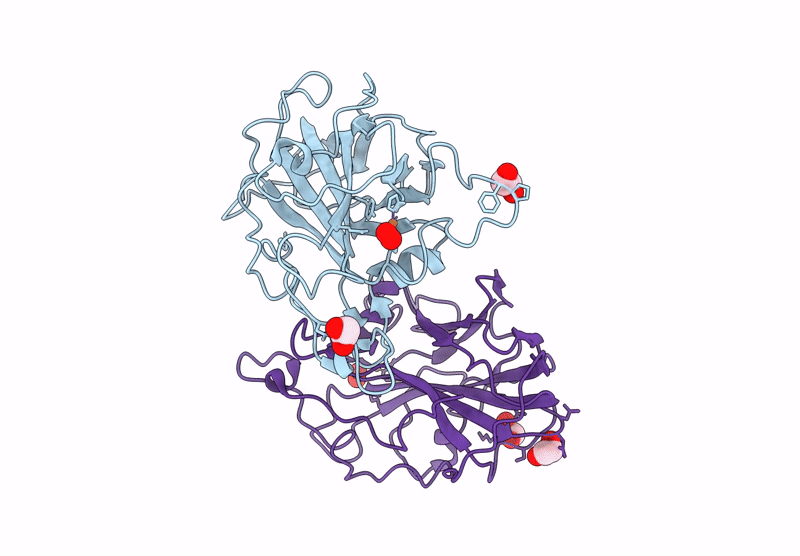
Deposition Date
2024-08-07
Release Date
2024-12-04
Last Version Date
2024-12-18
Entry Detail
PDB ID:
9D0Z
Keywords:
Title:
X-ray crystal structure of H157Q variant Thermothelomyces thermophilus polysaccharide monooxygenase 9E
Biological Source:
Source Organism:
Thermothelomyces thermophilus (Taxon ID: 78579)
Host Organism:
Method Details:
Experimental Method:
Resolution:
1.80 Å
R-Value Free:
0.23
R-Value Work:
0.21
R-Value Observed:
0.21
Space Group:
C 2 2 21


